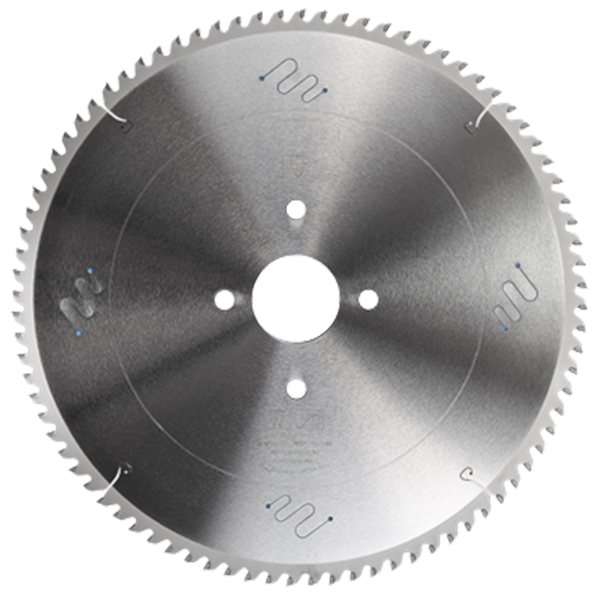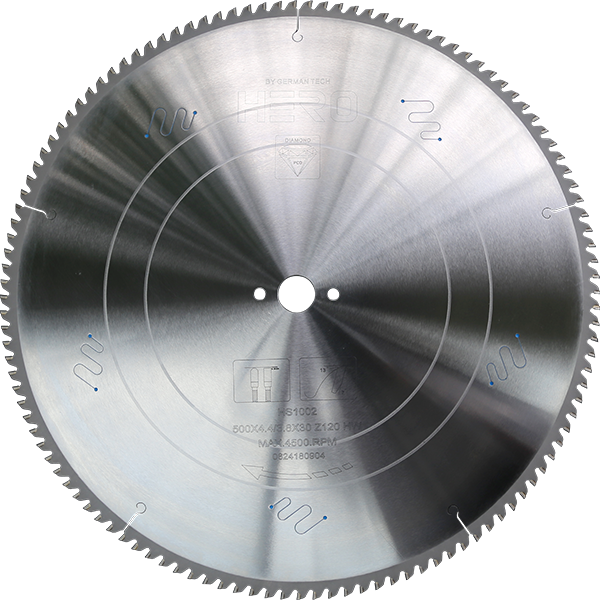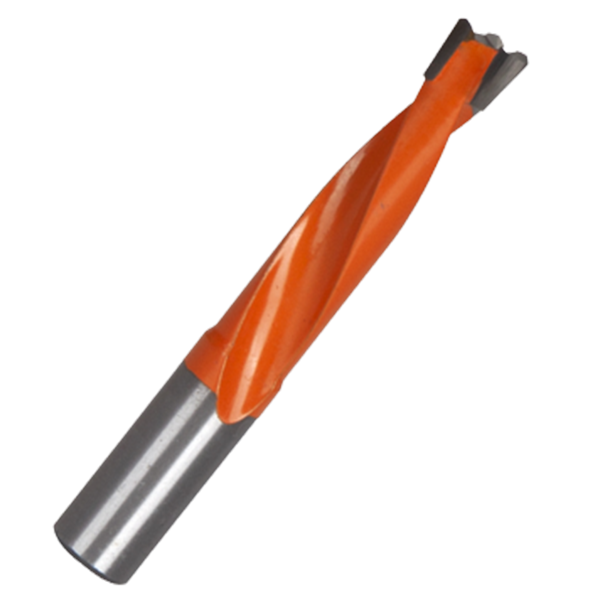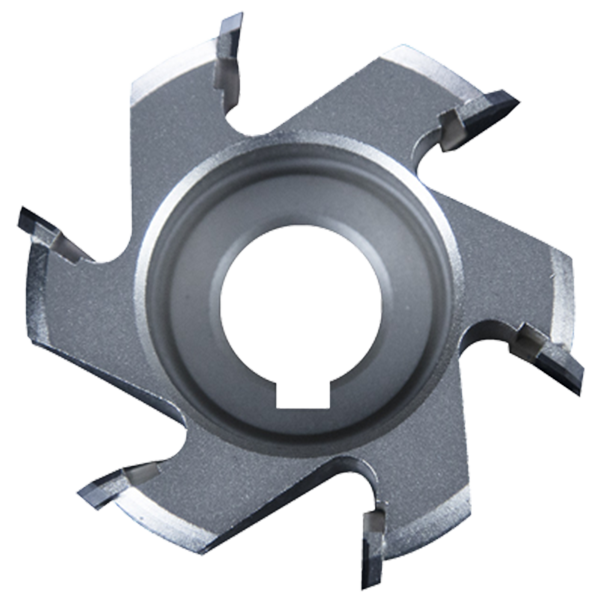introduction
Woodworking is an art that requires precision and craftsmanship, and at the heart of the craft is a basic tool – the wood drill bit. Whether you’re an experienced carpenter or a DIY enthusiast, knowing how to choose and use the right drill bit is crucial to a successful woodworking project.
In this comprehensive guide, we’ll delve into the intricacies of wood drill bits, exploring the various types, sizes, materials, and coatings that contribute to their effectiveness.
Let’s start exploring the basic tools that make up great woodworking.
Table of Contents
-
Introduce of the Wood Drill Bit
-
Material
-
coating
-
Characteristic
-
Types of Drill Bits
-
Conclusion
Introduce of the Wood Drill Bit
Material
Many different materials are used for or on drill bits, depending on the required application.
Tungsten Carbide:Tungsten carbide and other carbides are extremely hard and can drill virtually all materials, while holding an edge longer than other bits. The material is expensive and much more brittle than steels; consequently they are mainly used for drill-bit tips, small pieces of hard material fixed or brazed onto the tip of a bit made of less hard metal.
However, it is becoming common in job shops to use solid carbide bits. In very small sizes it is difficult to fit carbide tips; in some industries, most notably printed circuit board manufacturing, requiring many holes with diameters less than 1 mm, solid carbide bits are used.
PCD:Polycrystalline diamond (PCD) is among the hardest of all tool materials and is therefore extremely resistant to wear. It consists of a layer of diamond particles, typically about 0.5 mm (0.020 in) thick, bonded as a sintered mass to a tungsten-carbide support.
Bits are fabricated using this material by either brazing small segments to the tip of the tool to form the cutting edges or by sintering PCD into a vein in the tungsten-carbide “nib”. The nib can later be brazed to a carbide shaft; it can then be ground to complex geometries that would otherwise cause braze failure in the smaller “segments”.
PCD bits are typically used in the automotive, aerospace, and other industries to drill abrasive aluminum alloys, carbon-fiber reinforced plastics, and other abrasive materials, and in applications where machine downtime to replace or sharpen worn bits is exceptionally costly. PCD is not used on ferrous metals due to excess wear resulting from a reaction between the carbon in the PCD and the iron in the metal.
Steel
Soft low-carbon steel bits are inexpensive, but do not hold an edge well and require frequent sharpening. They are used only for drilling wood; even working with hardwoods rather than softwoods can noticeably shorten their lifespan.
Bits made from high-carbon steel are more durable than low-carbon steel bits due to the properties conferred by hardening and tempering the material. If they are overheated (e.g., by frictional heating while drilling) they lose their temper, resulting in a soft cutting edge. These bits can be used on wood or metal.
High-speed steel (HSS) is a form of tool steel; HSS bits are hard and much more resistant to heat than high-carbon steel. They can be used to drill metal, hardwood, and most other materials at greater cutting speeds than carbon-steel bits, and have largely replaced carbon steels.
Cobalt steel alloys are variations on high-speed steel that contain more cobalt. They hold their hardness at much higher temperatures and are used to drill stainless steel and other hard materials. The main disadvantage of cobalt steels is that they are more brittle than standard HSS.
Coating
Black oxide
Black oxide is an inexpensive black coating. A black oxide coating provides heat resistance and lubricity, as well as corrosion resistance. The coating increases the life of high-speed steel bits
Titanium nitride
Titanium nitride (TiN) is a very hard metallic material that can be used to coat a high-speed steel bit (usually a twist bit), extending the cutting life by three or more times. Even after sharpening, the leading edge of coating still provides improved cutting and lifetime.
Characteristics
point angle
The point angle, or the angle formed at the tip of the bit, is determined by the material the bit will be operating in. Harder materials require a larger point angle, and softer materials require a sharper angle. The correct point angle for the hardness of the material influences wandering, chatter, hole shape, and wear rate.
length
The functional length of a bit determines how deep a hole can be drilled, and also determines the stiffness of the bit and accuracy of the resultant hole. While longer bits can drill deeper holes, they are more flexible meaning that the holes they drill may have an inaccurate location or wander from the intended axis. Twist drill bits are available in standard lengths, referred to as Stub-length or Screw-Machine-length (short), the extremely common Jobber-length (medium), and Taper-length or Long-Series (long).
Most drill bits for consumer use have straight shanks. For heavy duty drilling in industry, bits with tapered shanks are sometimes used. Other types of shank used include hex-shaped, and various proprietary quick release systems.
The diameter-to-length ratio of the drill bit is usually between 1:1 and 1:10. Much higher ratios are possible (e.g., “aircraft-length” twist bits, pressured-oil gun drill bits, etc.), but the higher the ratio, the greater the technical challenge of producing good work.
Types of Drill Bits:
Saw blade If not used immediately, it should be flat or exploit the hole to hang up, or other items cannot be stacked on flat foot saw blades, and moisture and anti-corrosion should be considered.
Brad point bit(Dowel Drill Bit):
The brad point drill bit (also known as lip and spur drill bit, and dowel drill bit) is a variation of the twist drill bit which is optimized for drilling in wood.
Use a flat wood drill bit or a spiral drill bit, suitable for jobs where bolts or nuts need to be hidden.
Brad point drill bits are ordinarily available in diameters from 3–16 mm (0.12–0.63 in).
Through holes Drill Bit
A through hole is a hole that goes through the entire workpiece.
Use a spiral drill bit for fast penetration, suitable for general drilling work.
Hinge sinker bit
The hinge sinker bit is an example of a custom drill bit design for a specific application.
A specialist hinge has been developed which uses the walls of a 35 mm (1.4 in) diameter hole, bored in the particle board, for support.
Forstner bit
Forstner bits, named after their inventor, bore precise, flat-bottomed holes in wood, in any orientation with respect to the wood grain. They can cut on the edge of a block of wood, and can cut overlapping holes; for such applications they are normally used in drill presses or lathes rather than in hand-held electric drills.
Small Tips for Using Wood Drill Bits
Preparation
Ensure the work area is tidy, removing obstacles that might hinder drilling.
Select appropriate safety equipment, including safety glasses and earmuffs.
Speed:Select the right speed based on wood hardness and bit type.
Generally, slower speeds are suitable for hardwoods, while faster speeds can be used
Conclusion
From understanding the nuances of choosing the right type, size, and material to implementing advanced techniques like creating blind and through holes, every aspect contributes to woodworking professionalism.
This article begins with an introduction to the basic types and materials of drill bits. Help improve your woodworking knowledge.
Koocut Tools provide professional drill bits for you.
If your needs it, please do not hesitate to contact us.
Partner with us to maximize your revenue and expand your business in your country!
Post time: Nov-29-2023








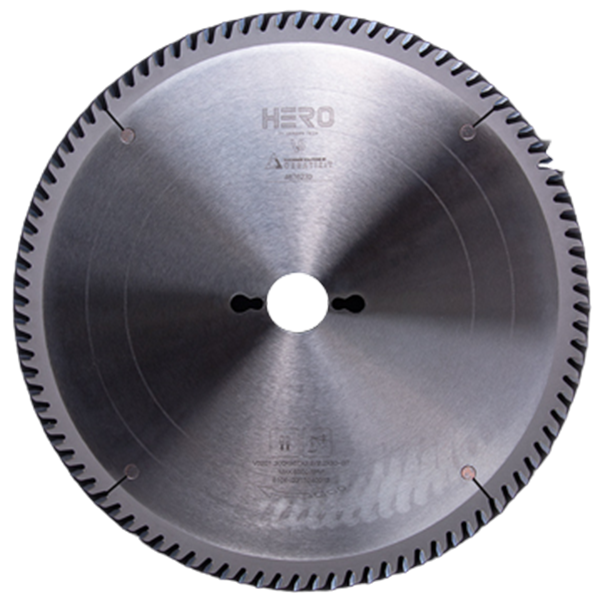 TCT Saw Blade
TCT Saw Blade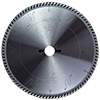 HERO Sizing Saw Blade
HERO Sizing Saw Blade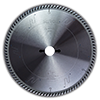 HERO Panel Sizing Saw
HERO Panel Sizing Saw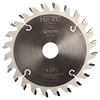 HERO Scoring Saw Blade
HERO Scoring Saw Blade HERO Solid Wood Saw Blade
HERO Solid Wood Saw Blade HERO Aluminum Saw
HERO Aluminum Saw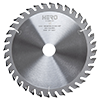 Grooving Saw
Grooving Saw Steel Profile Saw
Steel Profile Saw Edge Bander Saw
Edge Bander Saw Acrylic Saw
Acrylic Saw PCD Saw Blade
PCD Saw Blade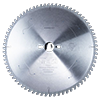 PCD Sizing Saw Blade
PCD Sizing Saw Blade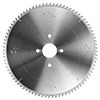 PCD Panel Sizing Saw
PCD Panel Sizing Saw PCD Scoring Saw Blade
PCD Scoring Saw Blade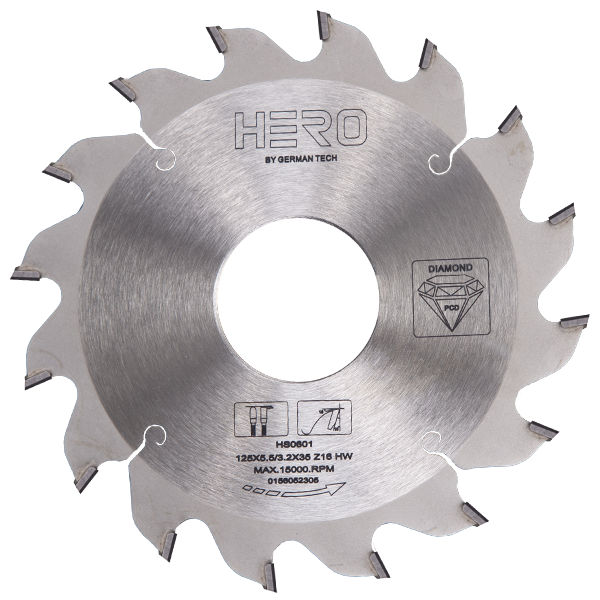 PCD Grooving Saw
PCD Grooving Saw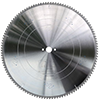 PCD Aluminum Saw
PCD Aluminum Saw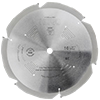 PCD Fiberboard Saw
PCD Fiberboard Saw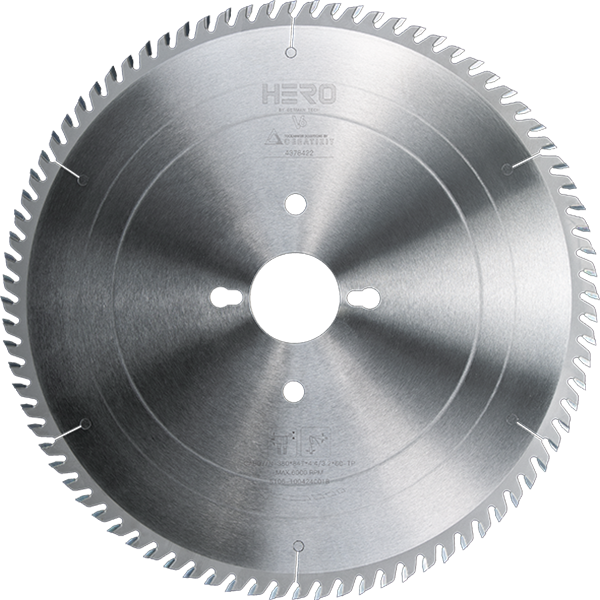 Cold Saw for Metal
Cold Saw for Metal Cold Saw Blade for Ferrous Metal
Cold Saw Blade for Ferrous Metal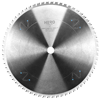 Dry Cut Saw Blade for Ferrous Metal
Dry Cut Saw Blade for Ferrous Metal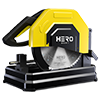 Cold Saw Machine
Cold Saw Machine Drill Bits
Drill Bits Dowel Drill Bits
Dowel Drill Bits Through Drill Bits
Through Drill Bits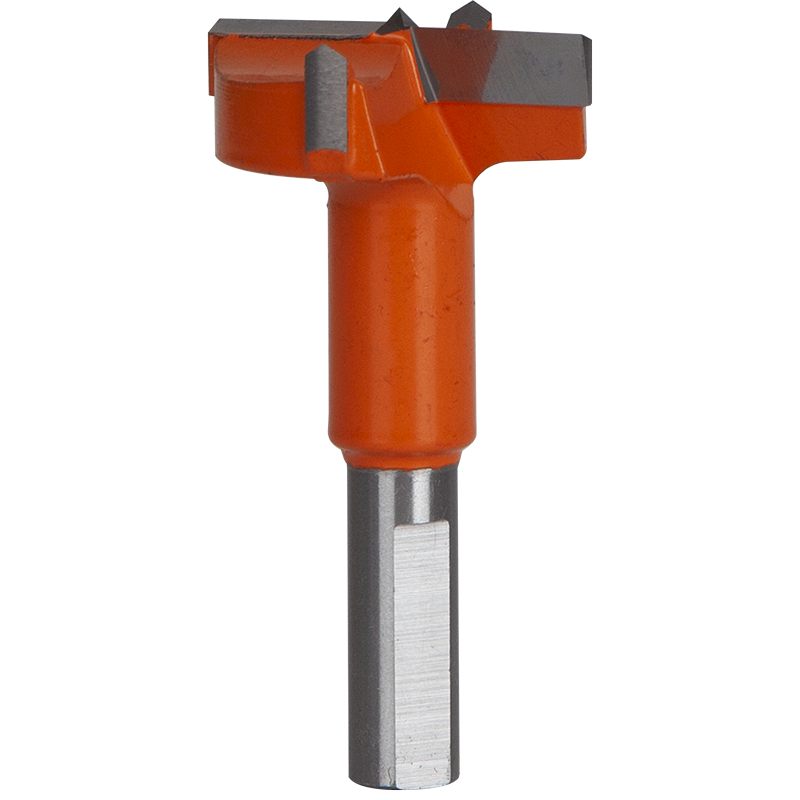 Hinge Drill Bits
Hinge Drill Bits TCT Step Drill Bits
TCT Step Drill Bits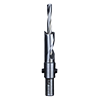 HSS Drill Bits/ Mortise Bits
HSS Drill Bits/ Mortise Bits Router Bits
Router Bits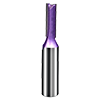 Straight Bits
Straight Bits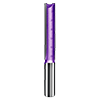 Longer Straight Bits
Longer Straight Bits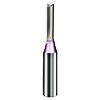 TCT Straight Bits
TCT Straight Bits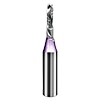 M16 Straight Bits
M16 Straight Bits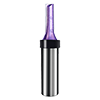 TCT X Straight Bits
TCT X Straight Bits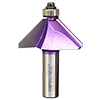 45 Degree Chamfer Bit
45 Degree Chamfer Bit Carving Bit
Carving Bit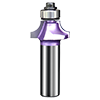 Corner Round Bit
Corner Round Bit PCD Router Bits
PCD Router Bits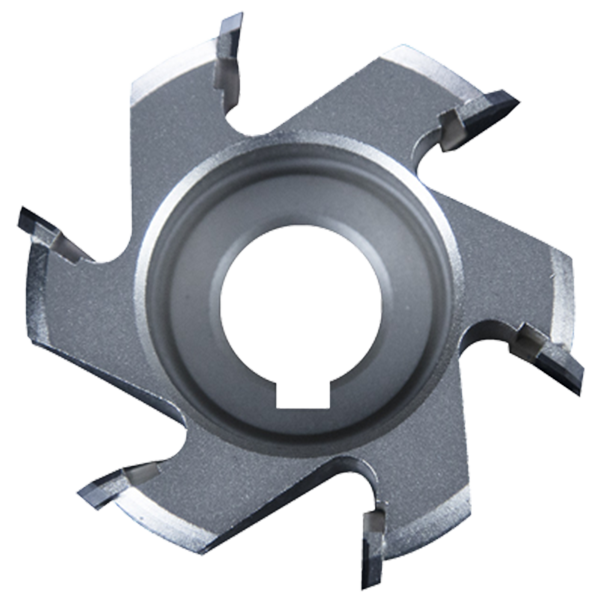 Edge Banding Tools
Edge Banding Tools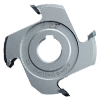 TCT Fine Trimming Cutter
TCT Fine Trimming Cutter TCT Pre Milling Cutter
TCT Pre Milling Cutter Edge Bander Saw
Edge Bander Saw PCD Fine Trimming Cutter
PCD Fine Trimming Cutter PCD Pre Milling Cutter
PCD Pre Milling Cutter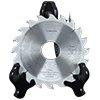 PCD Edge Bander Saw
PCD Edge Bander Saw Other Tools & Accessories
Other Tools & Accessories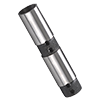 Drill Adapters
Drill Adapters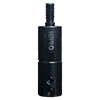 Drill Chucks
Drill Chucks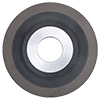 Diamond Sand Wheel
Diamond Sand Wheel Planer Knives
Planer Knives
